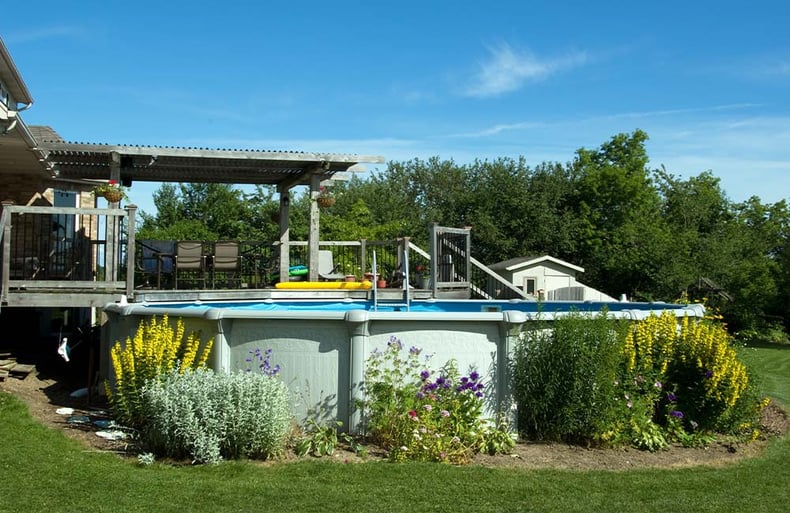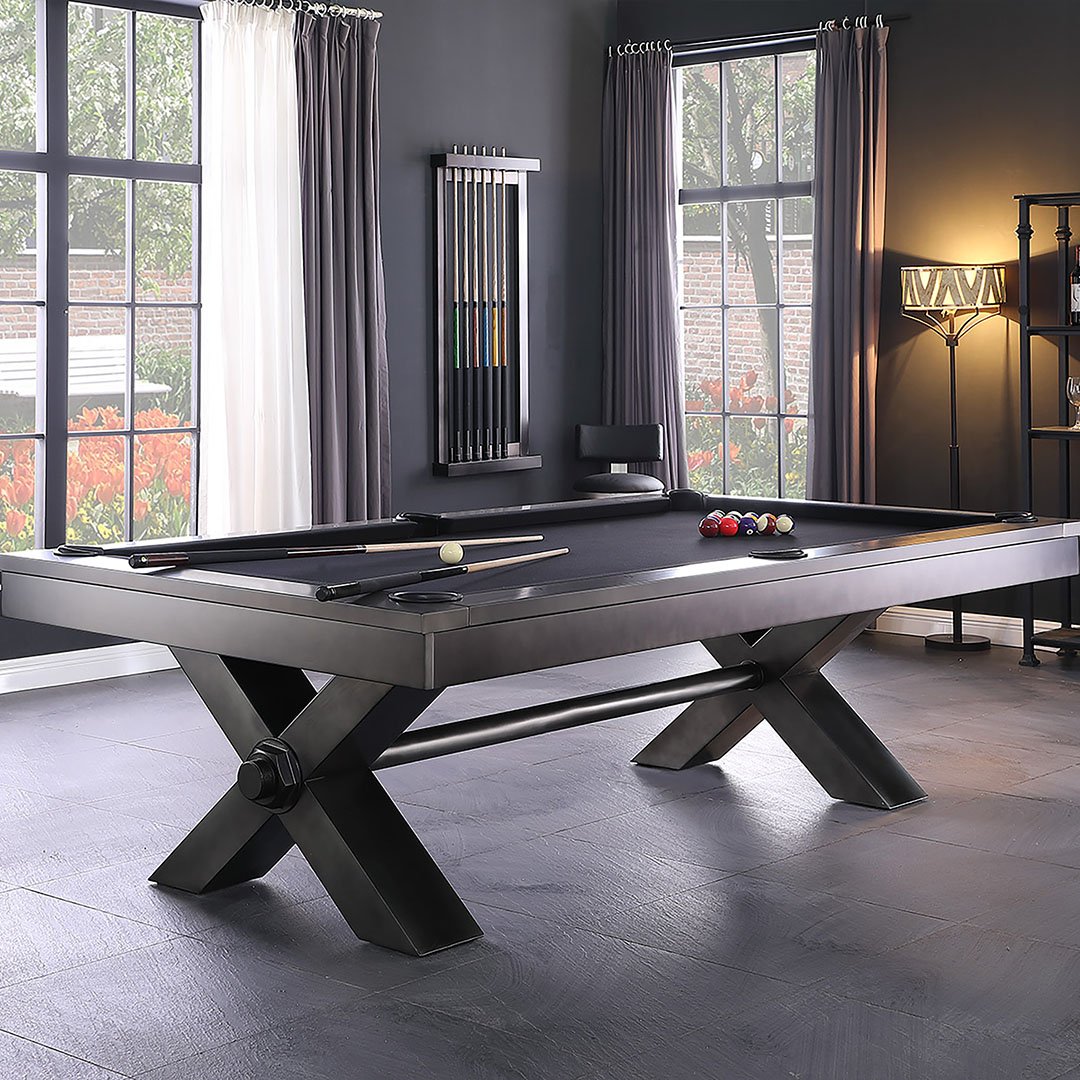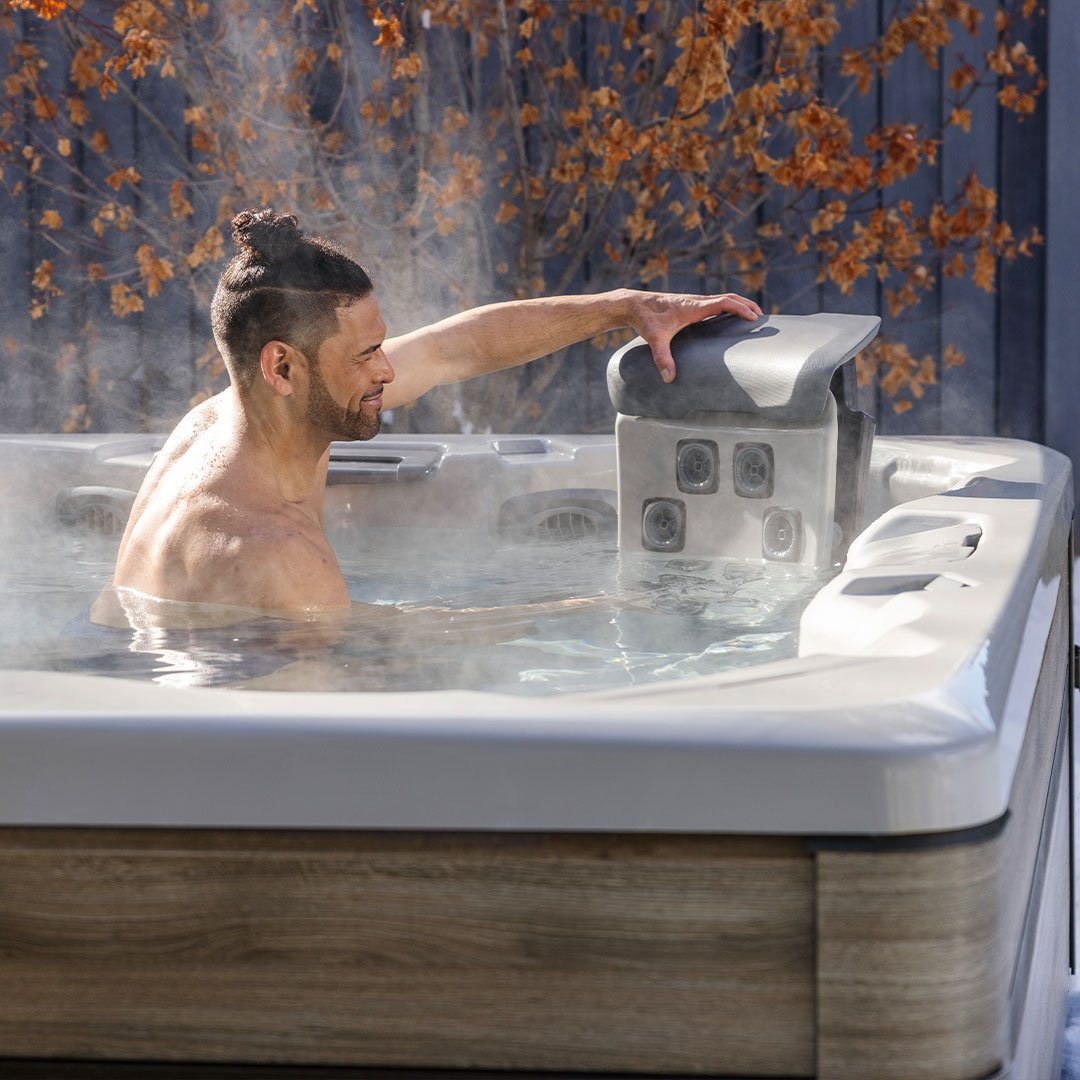Can I Leave My Above-Ground Pool Up Year-Round? How to Winterize It!
When the swimming season comes to an end, many above-ground pool owners face the dilemma of whether to take their pool down or leave it up during the colder months. The good news is that you can leave your above-ground pool up year-round without worrying about damage—as long as you take the proper steps to protect it. Winterizing your pool not only keeps it in great condition through harsh winters but also saves you time, effort, and money when the next swimming season rolls around. In this blog, we’ll explain why keeping your pool up year-round is the smarter choice and provide a step-by-step guide to winterize it effectively.
Can You Leave an Above-Ground Pool Up Year-Round?
Yes, you can absolutely leave your above-ground pool up year-round, and in most cases, it’s the recommended approach! Disassembling your pool annually can weaken its structure over time and increase the likelihood of damage when it's reassembled. However, to successfully keep your pool up all year, especially in colder climates, you must properly winterize it to protect it from freezing temperatures, debris, and other potential damage.
In this guide, we’ll cover why leaving your above-ground pool up year-round is a smart choice and walk you through the essential steps to winterize your above ground pool for the colder months.
Why You Should Leave Your Above-Ground Pool Up Year-Round
-
Avoid Wear and Tear from Disassembly and Reassembly
Taking down and reassembling your pool every year places unnecessary strain on the liner, frame, and other components. Liners can stretch or tear, and the pool’s structure can weaken over time. By leaving the pool in place, you reduce the risk of structural damage and extend its lifespan. -
Saves Time and Effort
Disassembling and storing a pool is a time-consuming process. On top of that, you’ll need to find adequate space to store all the parts safely to avoid damage or warping. Leaving it up eliminates these headaches and allows you to jump right back into swimming season when the weather warms up. -
Prevents Soil Erosion and Shifting Ground
Pools left up year-round help maintain even ground pressure under the structure. If you remove the pool, the ground underneath can shift, leading to uneven surfaces or erosion that may complicate reinstallation later. -
Cost-Effective
Proper winterization is far less expensive than replacing damaged liners, frames, or other parts due to poor storage conditions or improper reinstallation.

How to Winterize Your Above-Ground Pool
Winterizing your above-ground pool is essential to keep it in excellent condition through the colder months. Here’s a step-by-step guide to help you do it right:
1. Clean Your Pool Thoroughly
Before closing your pool, remove all debris, leaves, and dirt. Use a skimmer to scoop out surface debris and vacuum the bottom of the pool. Brush the walls to prevent algae buildup during the off-season.
2. Balance the Pool’s Chemistry
Properly balanced water helps prevent scaling, corrosion, and algae growth while your pool is closed. Test the water and adjust these levels as needed:
- pH: Between 7.2 and 7.6
- Alkalinity: Between 80 and 120 ppm
- Calcium Hardness: Between 200 and 400 ppm
- Add a winterizing algaecide to prevent algae growth.
3. Lower the Water Level
Lower the water level to just below the skimmer opening to prevent damage caused by freezing water. However, do not completely drain the pool—keeping some water in it helps maintain the pool’s structure and prevents the liner from shrinking or drying out.
4. Protect the Plumbing and Equipment
Disconnect and drain all pool equipment, including pumps, filters, and hoses, to prevent water from freezing inside them. Store these components in a dry, climate-controlled space.
5. Install a Winter Pool Cover
Invest in a high-quality winter pool cover to keep out debris and prevent water from accumulating on the surface. Ensure the cover is tightly secured to prevent it from blowing off during storms.
6. Use a Pool Pillow (Optional)
If you live in an area with heavy snowfall, consider using an air pillow under the cover. Pool pillows prevent ice from expanding outward and damaging the walls of the pool.
7. Check on Your Pool Periodically
Throughout the winter, check on your pool and its cover to ensure everything is secure and functioning as expected. Remove any excess snow or water from the cover to prevent unnecessary weight and strain.
Common Winterizing Mistakes to Avoid
- Draining the Pool Completely: Completely emptying your pool can damage the liner and walls. Always leave some water in the pool.
- Skipping Water Chemistry Balance: Neglecting this step can lead to algae growth, staining, and corrosion.
- Using a Low-Quality Pool Cover: A cheap or poorly secured cover can tear easily and let in debris, which defeats the purpose of covering the pool.
- Not Draining the Equipment: Water left in hoses, pumps, or filters can freeze, expand, and cause costly damage.
Benefits of Proper Winterization
Winterizing your pool not only protects it from damage during the colder months but also ensures a hassle-free reopening when swimming season returns. You’ll save money on repairs, reduce wear and tear, and avoid the frustration of having to clean a neglected pool.
FAQ's
Can I leave water in my above-ground pool during the winter?
Yes, you should leave water in your pool during the winter. The water helps maintain the pool’s structure and prevents the liner from shrinking or cracking.
Do I need a pool cover for winter?
Yes, a winter pool cover is essential to keep debris, snow, and ice out of your pool. It also helps prevent algae growth by blocking sunlight.
Topics: Pool - Above Ground Pools












